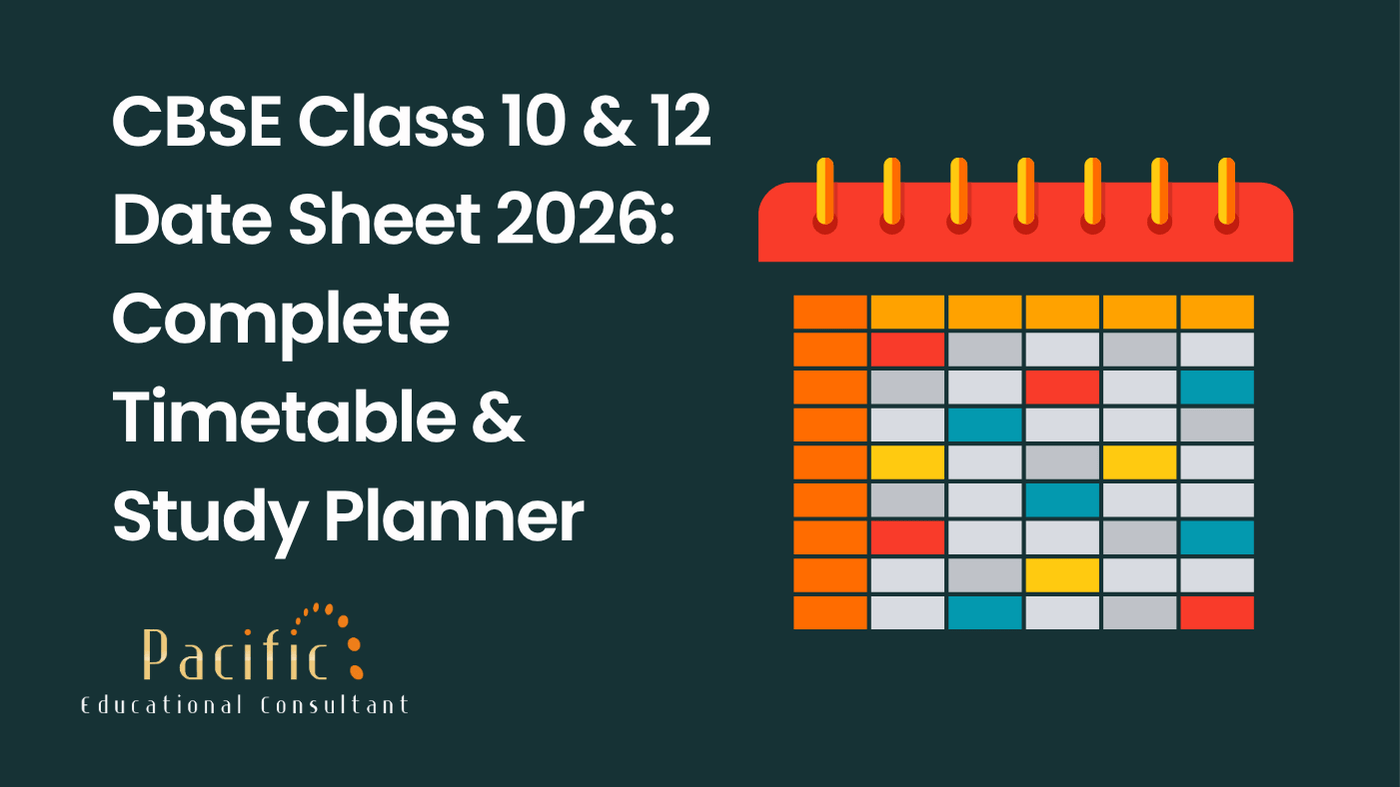


Canada is one of the top destinations for international students, offering world-class education, a diverse culture, and promising career opportunities. If you’re planning to study in Canada, proving your English proficiency is a crucial step in the admission process. While IELTS is a popular choice, the Pearson Test of English (PTE) is gaining recognition among Canadian universities and colleges.
PTE Academic is a computer-based English proficiency test that assesses your skills in speaking, writing, reading, and listening. Canadian institutions have specific minimum PTE score requirements that applicants must meet to secure admission. Let’s explore these requirements in detail!
Different institutions have different PTE score requirements based on the level of study (undergraduate, postgraduate, diploma programs) and the specific course you’re applying for. Here’s a list of some top Canadian universities and colleges that accept PTE scores:
| University Name | Minimum PTE Score |
| University of Toronto | 60 – 65 |
| University of British Columbia | 65 – 70 |
| McGill University | 65 – 70 |
| University of Alberta | 61 – 68 |
| University of Ottawa | 60 – 65 |
| University of Calgary | 59 – 63 |
| Simon Fraser University | 65 – 70 |
| York University | 60 – 65 |
| Concordia University | 58 – 63 |
| College Name | Minimum PTE Score |
| Seneca College | 58 – 60 |
| Humber College | 55 – 58 |
| Centennial College | 55 – 60 |
| George Brown College | 58 – 60 |
| Fanshawe College | 55 – 58 |
| Sheridan College | 57 – 60 |
| Douglas College | 56 – 60 |
| Conestoga College | 53 – 58 |
| Bow Valley College | 50 – 55 |
🔹 Note: The PTE score requirement may vary depending on the program you choose. Always check the official website of the institution for the latest requirements.
To obtain a Canadian student visa (Study Permit), you need to meet the English language proficiency requirements set by Immigration, Refugees and Citizenship Canada (IRCC). While IRCC has not specified an official minimum PTE score, most students applying for a Study Permit under the Student Direct Stream (SDS) should meet the language requirements set by their institution.
Here’s a general guideline for the minimum PTE scores required for a Canada Study Permit:
| Program Level | Minimum PTE Score |
| Diploma Programs | 50 – 58 |
| Undergraduate Programs | 55 – 65 |
| Postgraduate Programs | 58 – 70 |
🔹 Important: While a PTE score of 50-55 might be accepted by some colleges, a score of 60+ increases your chances of admission and visa approval.
Achieving a high PTE score is essential for securing admission to top universities and increasing your chances of a successful student visa application. Here are some expert tips to help you prepare effectively:
Before taking the test, familiarize yourself with the four sections:
✔️ Speaking & Writing (77–93 minutes)
✔️ Reading (32–40 minutes)
✔️ Listening (45–57 minutes)
Knowing the structure will help you manage time efficiently.
Use official PTE practice tests to get a real exam experience. Websites like Pearson PTE, E2Language, and PTE Tutorials offer free and paid practice tests.
A strong vocabulary and good grammar play a key role in your score. Read newspapers, blogs, and academic articles to enhance your language skills.
Since the test is AI-evaluated, clear pronunciation and natural fluency are important. Speak slowly and confidently to improve your speaking score.
PTE is a computer-based test with strict time limits. Practice answering questions within the allocated time to avoid running out of time in the exam.
In the listening and reading sections, taking quick and organized notes can help you retain key details and improve accuracy.
Some great online resources include:
📌 Pearson PTE Official Website – Offers free practice materials
📌 PTE Tutorials & E2Language – Provide online coaching
📌 YouTube Channels (e.g., PTE Academic English) – Free video tutorials
Yes! PTE Academic is accepted by IRCC for the Canada Student Visa, and over 90% of Canadian universities and colleges accept PTE scores for admission.
For Canadian Permanent Residency (PR), different immigration programs have different requirements. Generally, a PTE score of 58+ is considered good, but higher scores may improve your eligibility.
Yes, some colleges and diploma programs accept PTE scores of 50-55. However, for top universities and better visa approval chances, aim for 60+.
PTE is fully computerized, so there is no human bias in scoring. Many students find PTE easier because of automated scoring, unlimited attempts, and faster results (within 48 hours). However, it depends on your personal strengths.
Your PTE Academic score is valid for 2 years from the test date for both university admissions and visa applications.
PTE Academic is an excellent alternative to IELTS for students looking to study in Canada. With a minimum score of 50-70, you can secure admission to some of the top Canadian universities and colleges. To ensure a smooth study permit approval, aim for a higher score and prepare well in advance.
If you’re planning to study in Canada, start preparing for PTE today and take advantage of various online resources to achieve your desired score!

New Zealand Student Visa Update: Work Limit Now 25 Hours/Week from 3 Nov 2025

Describe a family member who you want to work with in the future - IELTS Cue Card

Describe a noisy place you have been to - IELTS Cue Card

Describe a time you enjoyed a free day off work or school – IELTS Cue Card

Bachelor in Business Economics (BBE)

BE IT Full Form: Complete Guide to Eligibility, Syllabus, Fees, and Career Scope

Describe a water sport you would like to try in the future - IELTS Cue Card

Describe a plan that you had to change recently - IELTS Cue Card

CBSE Class 10 & 12 Date Sheet 2026: Complete Timetable & Study Planner

Describe a sport that you really like - IELTS Cue Card